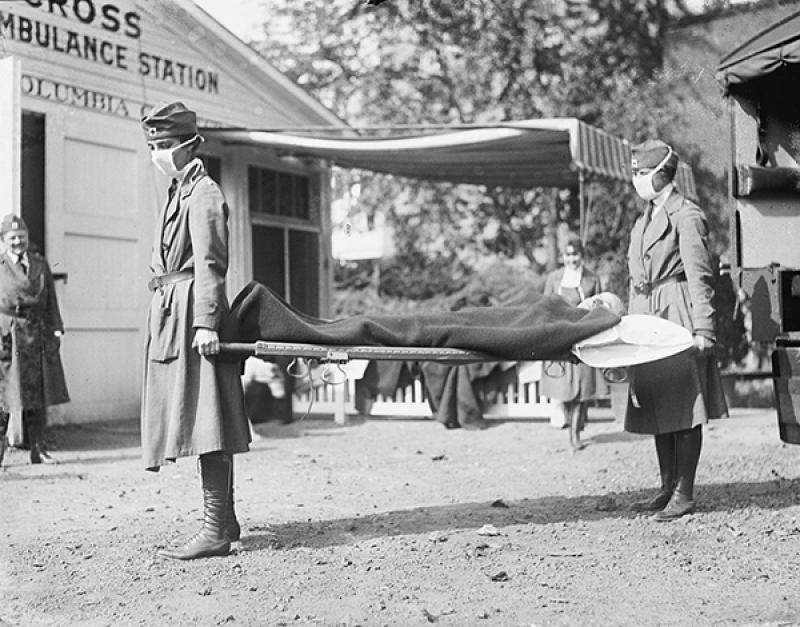What history can teach us about pandemics


The coronavirus outbreak is far from the first pandemic humanity has faced, yet living through such a historic event still leaves us grasping for understanding. How do we make sense of our experiences? What will it mean for us, our communities and our society looking into the future?
Nicholas Breyfogle, associate professor in the Department of History, director of the Goldberg Center for Excellence in Teaching and co-editor of the online magazine Origins: Current Events in Historical Perspective, was recently awarded funding from the Office of Research’s COVID-19 Seed Funding Program to lead a project helping people answer those questions.
Through the creation of videos, articles, podcasts, lesson plans and additional media, Breyfogle will work with other faculty in the Department of History and the College of Education and Human Ecology to create materials that place the current coronavirus pandemic in historical context to be shared with students and the general public.
“The project is an effort to try to help people understand the pandemic that they’re living through, and for me as a historian the best way to understand that is by looking at what’s happened in the past,” Breyfogle said. “What we’re trying to do here is to think about what history teaches us about how to prepare for, survive and rebuild from pandemics.”
Unlike those caught off-guard by the coronavirus, Breyfogle said historians have for a long time recognized pandemics as part of the human experience.
“Historians have long been studying these pandemics, teaching their lessons and preaching to be prepared for the next big pandemic alongside health care workers, scientists, policymakers and military personnel,” Breyfogle said. “They’ve seen these before, and they know more are coming.”
History, he said, is a reminder that these kinds of shocks happen, often with more regularity than expected, and learning from the pandemic now can help society better prepare in the future.
Ohio State is uniquely positioned to contribute to this discussion, Breyfogle said, because the Department of History has a leading group of faculty that studies the history of the environment, health and disease, technology and science.
In the Department of History, we believe very strongly in the mission of public education and the mission of education for citizenship and ensuring that people have access to good reliable information and understanding, particularly for the world we live in today,” Breyfogle said.
Breyfogle and his colleagues are tapping into that expertise to provide opportunities and resources for the public to learn about the pandemic and its historical context. One of their first such events was a Pandemics: Past, Present, Future virtual panel featuring experts on the history of disease.
From there, they will develop ready-made lesson plans for high school and college teachers so students can pull from an historical understanding of pandemics to prepare for future ones. All of their articles, videos, podcasts and teaching materials will be made available on their Origins covid-19 webpage, YouTube and Soundcloud.
These insights range from recognizing the effectiveness of various pandemic responses to the long-term impacts of these events on medical science, daily life, political structure and social practices.
Pandemics also, Breyfogle said, expose many fractures, tensions and conflicts within society.
“A big question in all of this is who is going to benefit from this and who isn’t, who’s going to get hurt by it, who’s going to get treated first and who's not, which communities are more likely to be hit than others,” Breyfogle said. “These sorts of things have happened with every pandemic in terms of exposing these social fault lines and in creating more.”
Altogether, Breyfogle’s project strives to produce as many different opportunities as possible to provide historical knowledge and perspective to the larger Ohio community, across the U.S. and around the world, with the goal of giving people the trustworthy information they need to understand and learn from the coronavirus pandemic.
“In the Department of History, we believe very strongly in the mission of public education and the mission of education for citizenship and ensuring that people have access to good reliable information and understanding, particularly for the world we live in today,” Breyfogle said.
